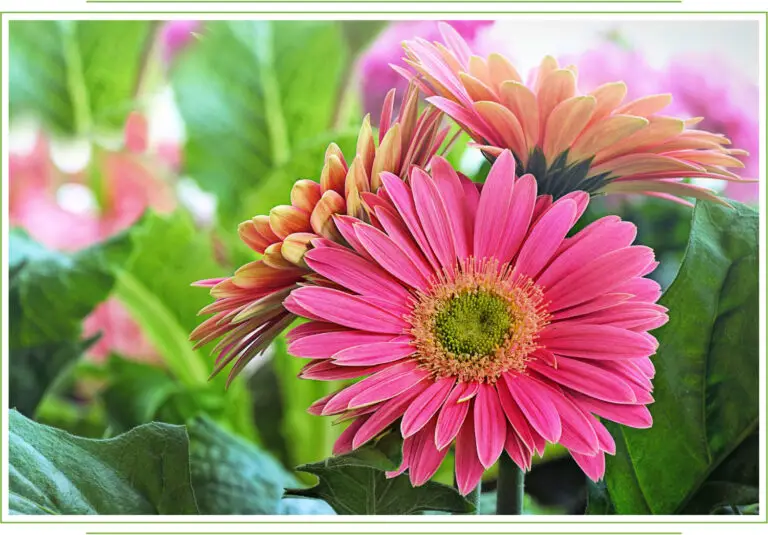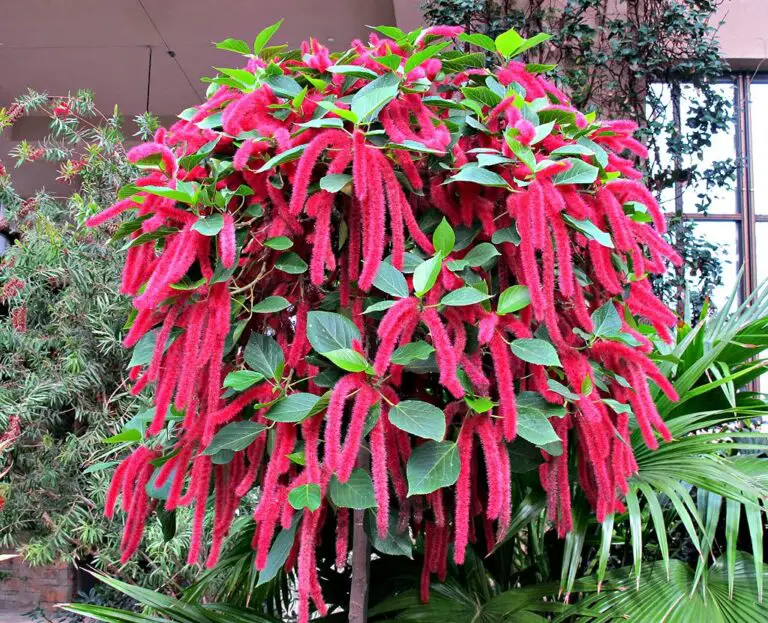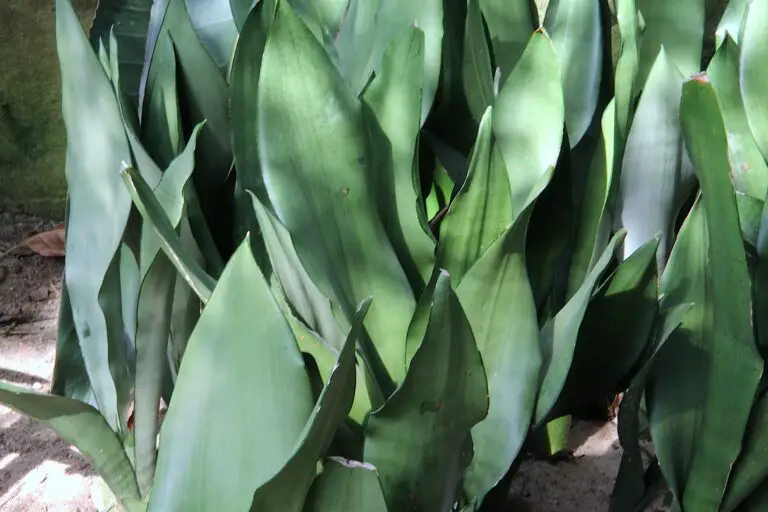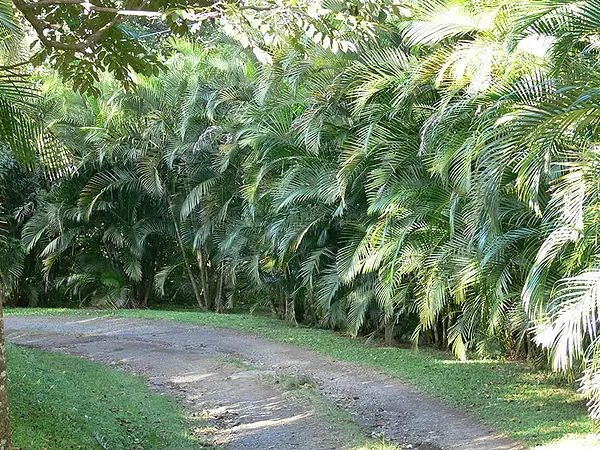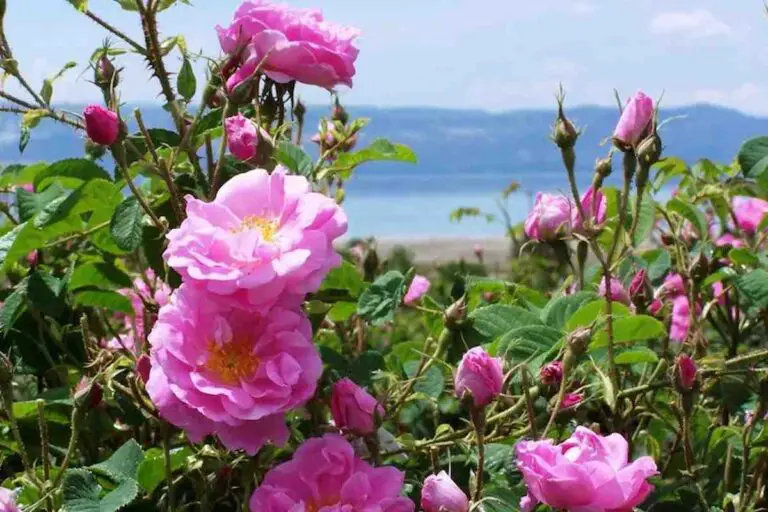Introduction
The Dove Orchid, with its striking white flowers resembling doves in flight, is a captivating addition to any indoor garden. This comprehensive guide will walk you through the process of growing and caring for Dove Orchids, ensuring they thrive in your home. Let’s embark on this rewarding journey together.
Section 1: Understanding the Dove Orchid (Peristeria elata)
The Dove Orchid, scientifically known as Peristeria elata, is native to Central and South America. Its name, Peristeria, is derived from the Greek word “peristera,” meaning dove, due to the orchid’s dove-like appearance. In some cultures, these orchids symbolize love, purity, and new beginnings.
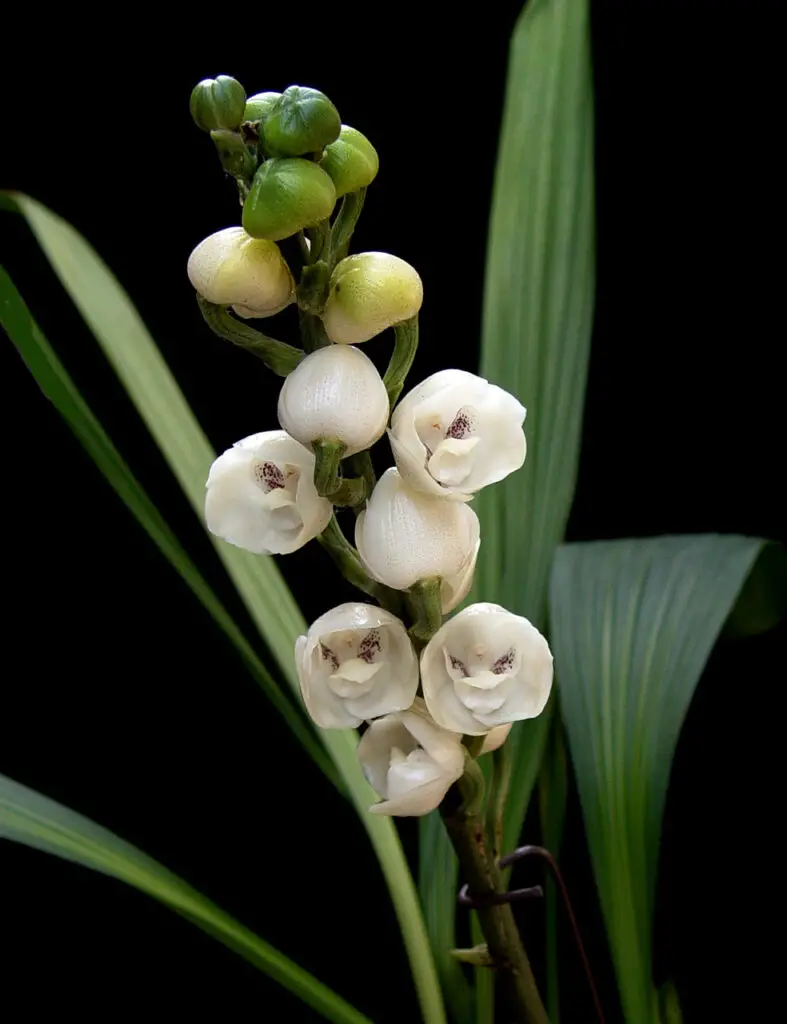
Section 2: Choosing the Right Dove Orchid (Peristeria elata)
Selecting the right Dove Orchid (Peristeria elata) is the first step in successful cultivation. When choosing a plant, look for healthy leaves and stems, and ensure there are no signs of pests or diseases. Opt for a well-established orchid with a strong root system. Additionally, consider the variety of Dove Orchid that suits your preferences, as there are different species and hybrids available.
Section 3: Potting and Soil
Dove Orchids thrive in well-draining potting mix. Choose a pot with ample drainage holes to prevent waterlogged roots. Repot your orchid as needed, usually every two to three years, to refresh the potting mix and provide space for growth. Use a mix of orchid bark, perlite, and sphagnum moss for optimal aeration.
Section 4: Light and Temperature Requirements
Dove Orchids prefer bright, indirect sunlight. Avoid exposing them to direct sunlight, as this can scorch their leaves. Maintain a temperature range between 60°F to 80°F (15°C to 27°C). Protect your orchid from drafts and extreme temperature fluctuations, which can stress the plant.
Section 5: Watering and Humidity
Proper watering is crucial for Dove Orchids. Water thoroughly when the top inch of the potting mix feels dry, typically every 7-10 days. Ensure that excess water drains out of the pot. These orchids also appreciate high humidity levels, so consider using a humidity tray or a room humidifier to maintain moisture.
Section 6: Fertilizing and Feeding
Feed your Dove Orchid with a balanced, water-soluble orchid fertilizer during the growing season (spring and summer). Dilute the fertilizer to half strength and apply it every 2-4 weeks. Reduce or halt fertilization during the dormant season (fall and winter). Be cautious not to over-fertilize, as it can damage the plant.
Section 7: Pruning and Maintenance
Occasional pruning is essential to maintain the Dove Orchid’s shape and health. Trim dead or yellowing leaves and spent flower spikes. Pay attention to aerial roots; they play a vital role in nutrient absorption. Keep the growing area clean to prevent the buildup of debris and pests.
Section 8: Common Pests and Diseases
Dove Orchids may face challenges from common pests like aphids, mealybugs, and spider mites. Regularly inspect your plant for signs of infestations and treat them promptly with appropriate remedies. Watch for signs of fungal or bacterial diseases, and maintain good air circulation to prevent these issues.
Section 9: Propagation
Propagation of Dove Orchids can be done through division, keiki (small offshoots), or seeds. Division is the most common method. Wait until the orchid has outgrown its pot, then carefully divide the plant, ensuring each division has healthy roots. Alternatively, keikis can be detached and potted once they have roots and leaves.
Section 10: Common Problem with Solution
| Problem | Cause | Solution |
|---|---|---|
| Yellowing leaves | Overwatering, poor drainage, nutrient deficiency | Allow the soil to dry slightly between waterings, ensure proper drainage, fertilize with a balanced fertilizer |
| Leaf spots | Fungal or bacterial infections | Isolate the infected plant, apply appropriate fungicides or bactericides, maintain good air circulation |
| Dropping buds or flowers | Stress, changes in conditions | Ensure stable temperature and humidity, avoid sudden changes in location or lighting, maintain consistent care routine |
| Wrinkled pseudobulbs | Dehydration, underwatering | Water the orchid thoroughly when the top inch of soil is dry, increase humidity around the plant |
| Aerial roots turning brown | Natural aging, exposure to dry air | Trim brown, dead aerial roots carefully, maintain adequate humidity levels |
| Pests (aphids, mealybugs) | Infestations due to poor care or introduction from other plants | Isolate the infected orchid, remove pests manually if possible, apply neem oil or insecticidal soap as directed |
| Spider mites | Dry conditions, lack of humidity | Increase humidity around the orchid, spray with a fine mist of water, use miticides if the infestation is severe |
| Slow growth | Inadequate light, improper fertilization, overcrowded roots | Provide the orchid with sufficient indirect light, fertilize as recommended during the growing season, repot if roots are overcrowded |
| No blooms | Insufficient light, inappropriate temperature, young orchid | Ensure the orchid receives the correct amount of indirect sunlight, maintain the recommended temperature range, some orchids may take time to mature and bloom |
8 Plants That Flowers Look Like Birds
Conclusion
In conclusion, growing and caring for the Dove Orchid is a rewarding experience. By understanding its unique requirements and following these guidelines, you can enjoy the beauty of these exquisite orchids in your home. Remember to choose the right orchid, provide proper potting and care, and maintain optimal growing conditions to ensure your Dove Orchid thrives and flourishes.
Table: Here’s a summary table of key care requirements for your Dove Orchid:
| Care Aspect | Requirement |
|---|---|
| Light | Bright, indirect sunlight |
| Temperature | 60°F to 80°F (15°C to 27°C) |
| Watering | When the top inch of soil is dry (7-10 days) |
| Humidity | High humidity levels (use a humidity tray) |
| Fertilization | Balanced orchid fertilizer (diluted) |
| Pruning | Regular removal of dead leaves and spikes |
| Pests and Diseases Control | Vigilant inspection and prompt treatment |
By following these guidelines, you’ll be well on your way to becoming a successful Dove Orchid caretaker, and your beautiful orchids will surely captivate anyone who beholds them.
FAQs:
What does the Dove Orchid flower mean?
The Dove Orchid flower symbolizes love, purity, and new beginnings. It is also associated with the Holy Spirit in some cultures.
What is the name of the Dove Orchid?
The Dove Orchid is also known as the Holy Spirit Orchid or the Holy Ghost Orchid. Its scientific name is Peristeria elata.
Where is the Dove Orchid?
The Dove Orchid is native to Central and South America. It is the national flower of Panama.
Is orchid a lucky flower?
Orchids are considered to be lucky flowers in many cultures, including China and Japan. They are believed to bring good fortune, prosperity, and love.
Why is the dove symbol important?
The dove is a symbol of peace, love, and purity in many cultures. It is also associated with the Holy Spirit in Christianity.


